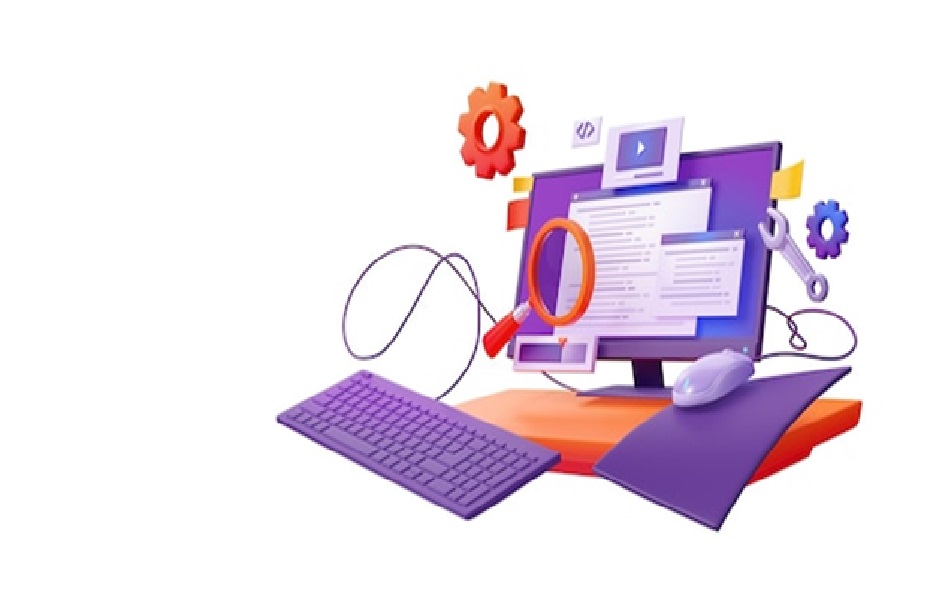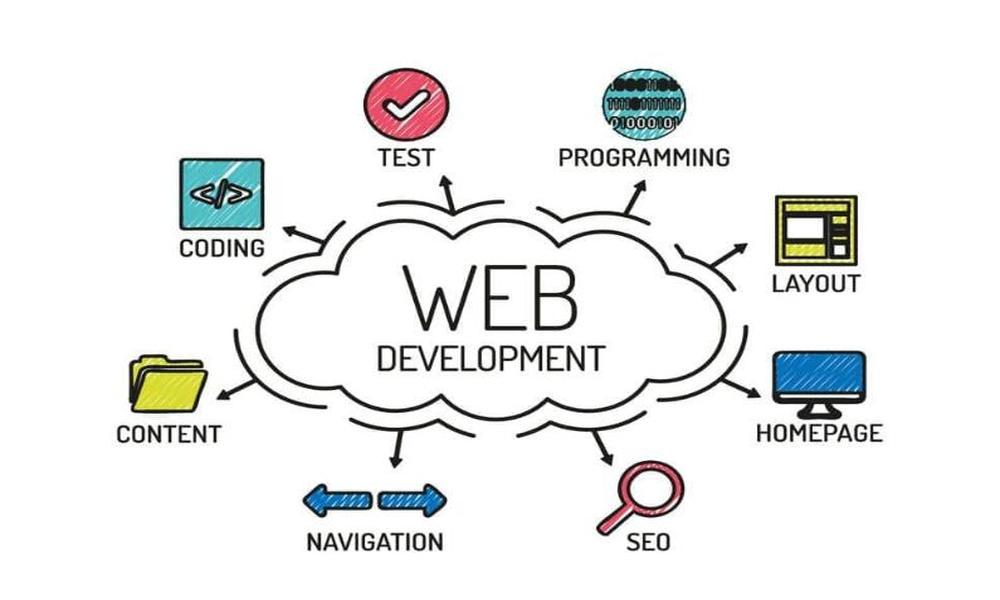Endpoint data protection has emerged as a paramount concern for organizations worldwide, as they grapple with the ever-expanding landscape of technological advancements. This digital age has ushered in an era of heightened vulnerability to data loss, unauthorized access, and the incessant barrage of sophisticated cyber threats. This article delves into the six most pressing challenges faced by companies in the area of endpoint data protection and explores viable solutions, like enterprise endpoint backup solution, to counter these risks.
-
The Lost Device Conundrum: A Race Against Time
Envision a bustling airport terminal, where a harried executive inadvertently leaves behind his laptop, housing critical business information. This scenario vividly illustrates the initial challenge confronting companies: the omnipresent peril of lost or stolen devices. The threat of losing sensitive data through misplaced or stolen devices looms large and is a significant menace to data security. It is imperative for enterprises to institute defensive measures such as encryption, remote wipe, and geolocation tracking to mitigate the potential fallout from device misplacement. Swift and decisive action following the loss or theft of a device is of paramount importance to curtail the risk of unauthorized access and data breaches.
-
The Shadow IT Abyss: Embracing Transparency and Control
Picture a bustling coffee shop where employees, during breaks or between meetings, inconspicuously employ personal devices to access work-related applications and manipulate sensitive data. This phenomenon, often referred to as shadow IT, presents a formidable challenge to data protection. The unregulated usage of unsanctioned applications and devices can jeopardize data security. To wrest control over endpoint data, organizations must establish robust access controls, provide comprehensive employee education on security risks, and implement stringent security policies.
-
Malware Monsters: Unleashing the Power of Defence
Within the shadows of cyberspace, malevolent malware creatures lurk, perpetually seeking to infiltrate vulnerable endpoints. The relentless evolution and sophistication of malware pose substantial hurdles to data protection and security. To mount an effective defense against malware and cyber threats, organizations should contemplate the deployment of formidable defense mechanisms. The arsenal against malware includes keeping antivirus software up to date, implementing intrusion detection systems, and ensuring the regular application of security patches. These measures are indispensable for safeguarding sensitive data.
-
Data Leakage Quicksand: Securing Data In Transit and At Rest
Imagine a high-stakes boardroom scenario where an employee inadvertently divulges confidential information to an unintended recipient. The specter of data leakage, both during data transmission and while dormant, poses a grave peril to enterprises. To fortify the security of data in motion, companies must employ advanced encryption techniques. Additionally, data loss prevention (DLP) solutions play a pivotal role in mitigating the risks associated with data leakage. These solutions empower enterprises to monitor and control data movement, whether it is shared internally, externally, or accessed remotely. Implementing robust authentication mechanisms, such as strong passwords, multi-factor authentication, and biometric authentication, is equally essential in securing data at rest and averting unauthorised access.
-
The Insider Threat Puzzle: Trust, But Verify
Insider threats within companies loom large as formidable risks to data security and business integrity. Disgruntled employees or inadvertent lapses in judgment can precipitate data breaches. Effectively mitigating insider threats necessitates the implementation of a comprehensive suite of security measures spanning various dimensions. User behavior analytics emerges as a critical tool, enabling organizations to closely monitor and scrutinize employees’ activities, identifying any suspicious or anomalous behaviors that may hint at potential insider threats. Furthermore, privileged access management (PAM) assumes a pivotal role in an effective insider threat mitigation strategy. Rigorous background checks during the hiring process are also instrumental in identifying potential insider threats before they gain access to sensitive data and systems.
-
The Mobility Mirage: Embracing a Mobile-First Security Paradigm
In today’s era, mobility has evolved into the prevailing norm. This paradigm shift presents enterprises with a profound conundrum—how to strike a delicate balance between optimizing productivity and ensuring robust security in the realm of mobile devices, encompassing laptops, notepads, tablets, and smartphones. The ascendancy of mobility underscores the imperative of securing these mobile devices comprehensively. Containerization, mobile device management (MDM), and the adoption of secure app development practices assume critical roles in establishing a sturdy mobile security posture.
In conclusion, the landscape of modern business has brought forth a multitude of complexities in the realm of endpoint data protection. As organisations navigate this intricate digital terrain, it is abundantly clear that traditional security measures alone are no longer adequate. The six challenges explored in this article underscore the urgent need for comprehensive solutions.
One such solution that warrants special attention is the enterprise endpoint backup solution. These innovative tools seamlessly integrate automated backup and recovery capabilities, standing as a stalwart last line of defence. They ensure that the invaluable data residing on laptops and desktops remains safeguarded and readily recoverable, even in the face of unforeseen challenges.
As the digital landscape continues to evolve and pose new threats, companies must remain vigilant, adaptable, and proactive in their approach to endpoint data protection. This entails recognising the multifaceted nature of data security challenges, adopting cutting-edge technologies, and fostering a culture of resilience within their ranks. In embracing this holistic strategy, companies not only shield their data from harm but also position themselves to harness the opportunities of tomorrow while their critical information remains secure.



